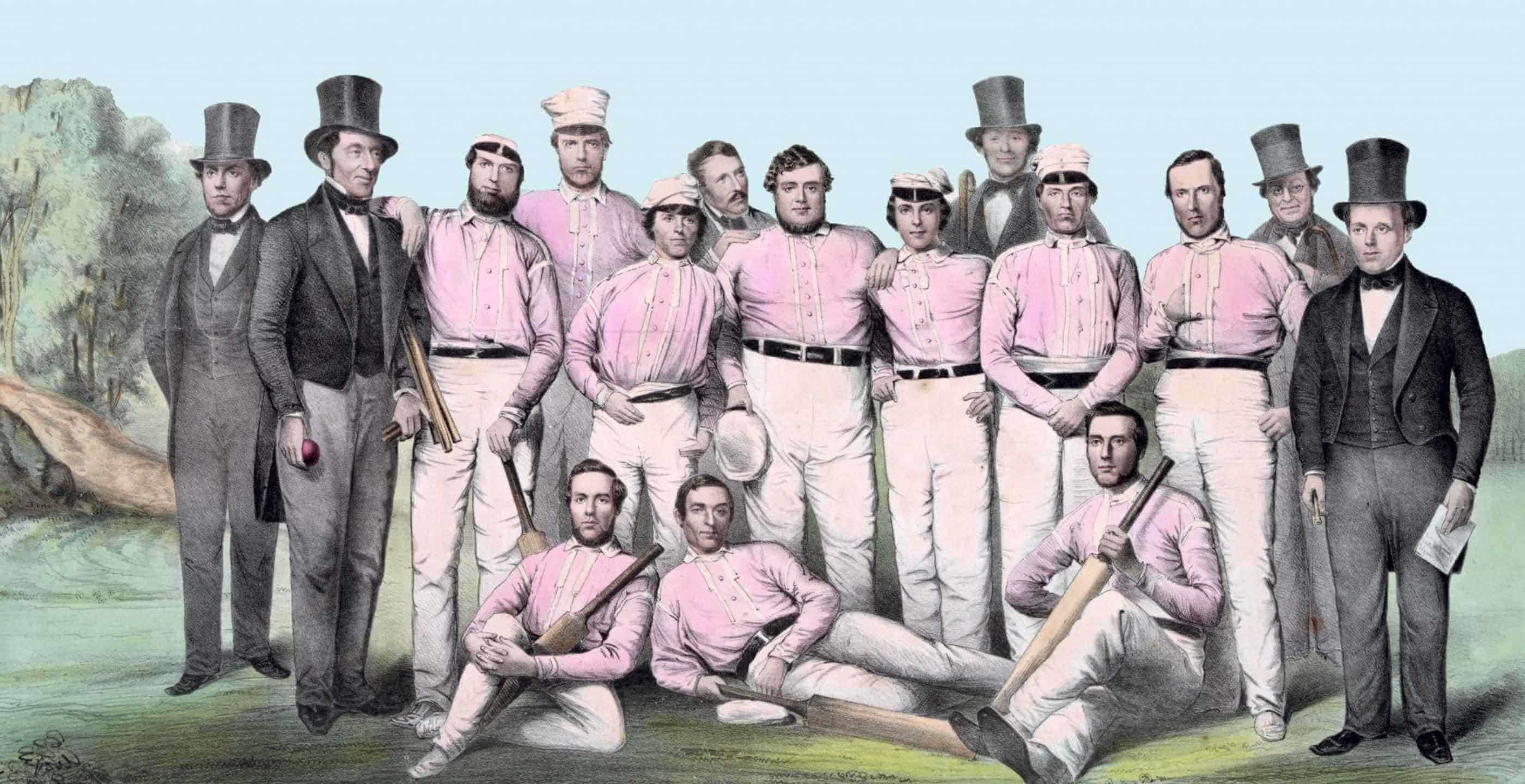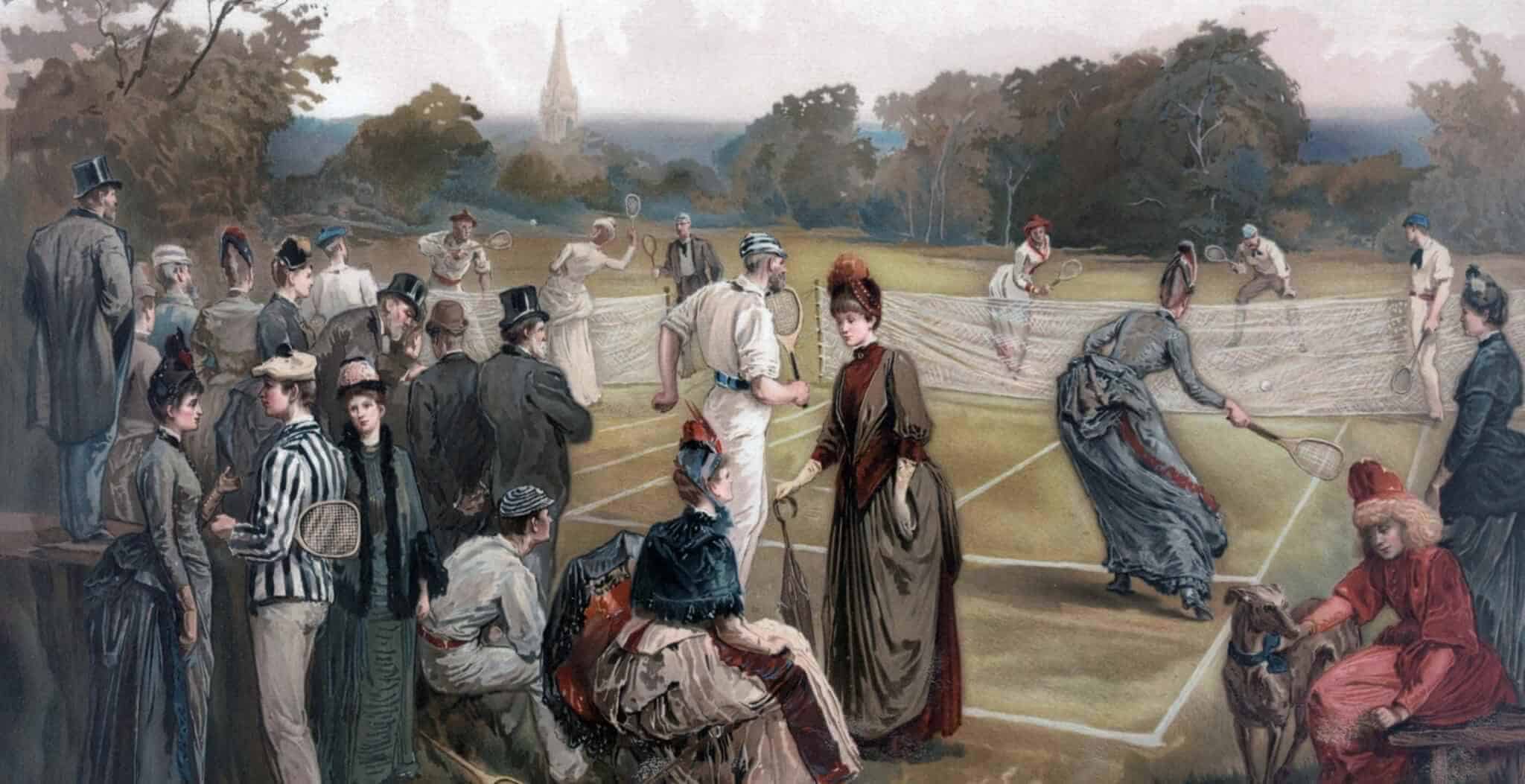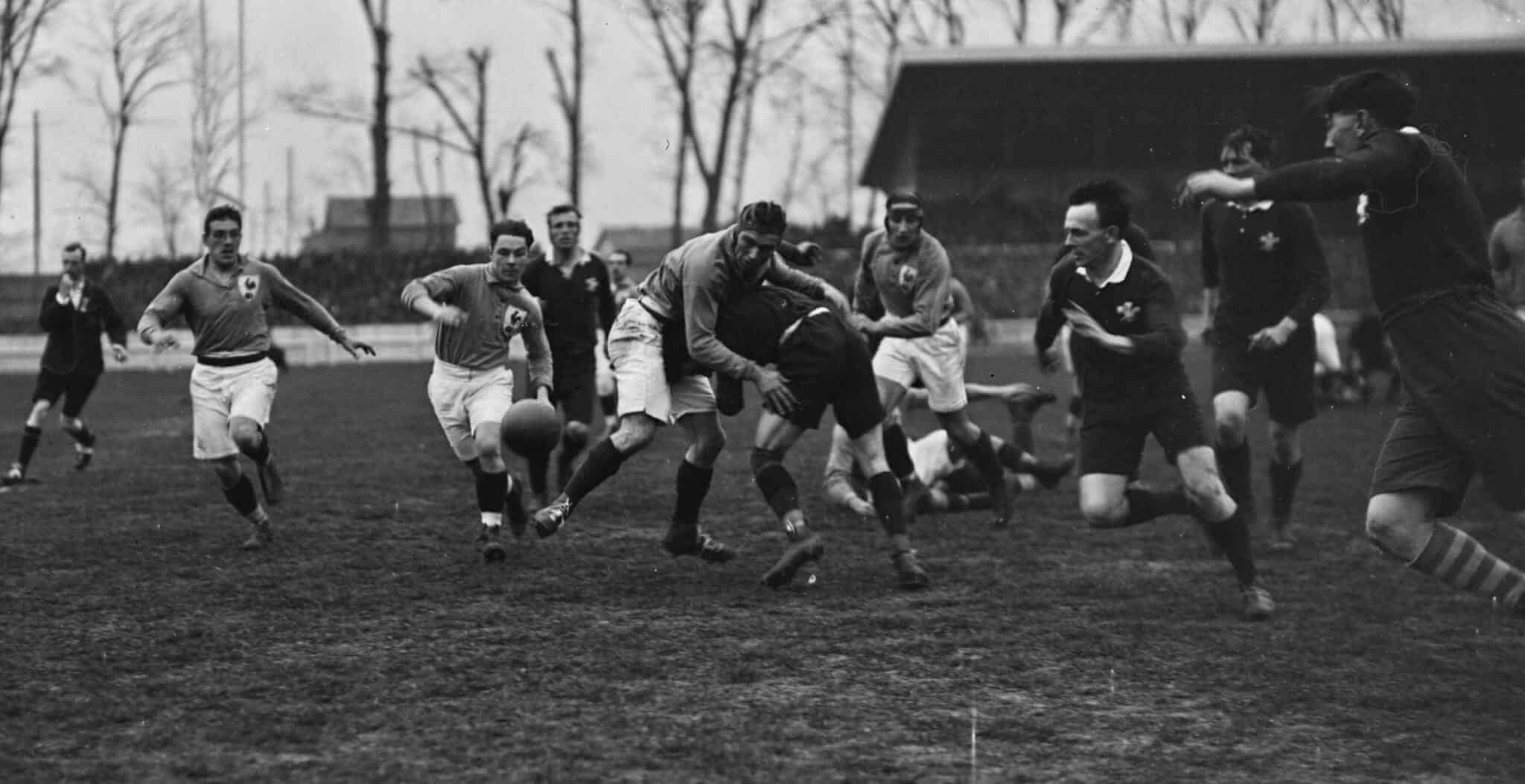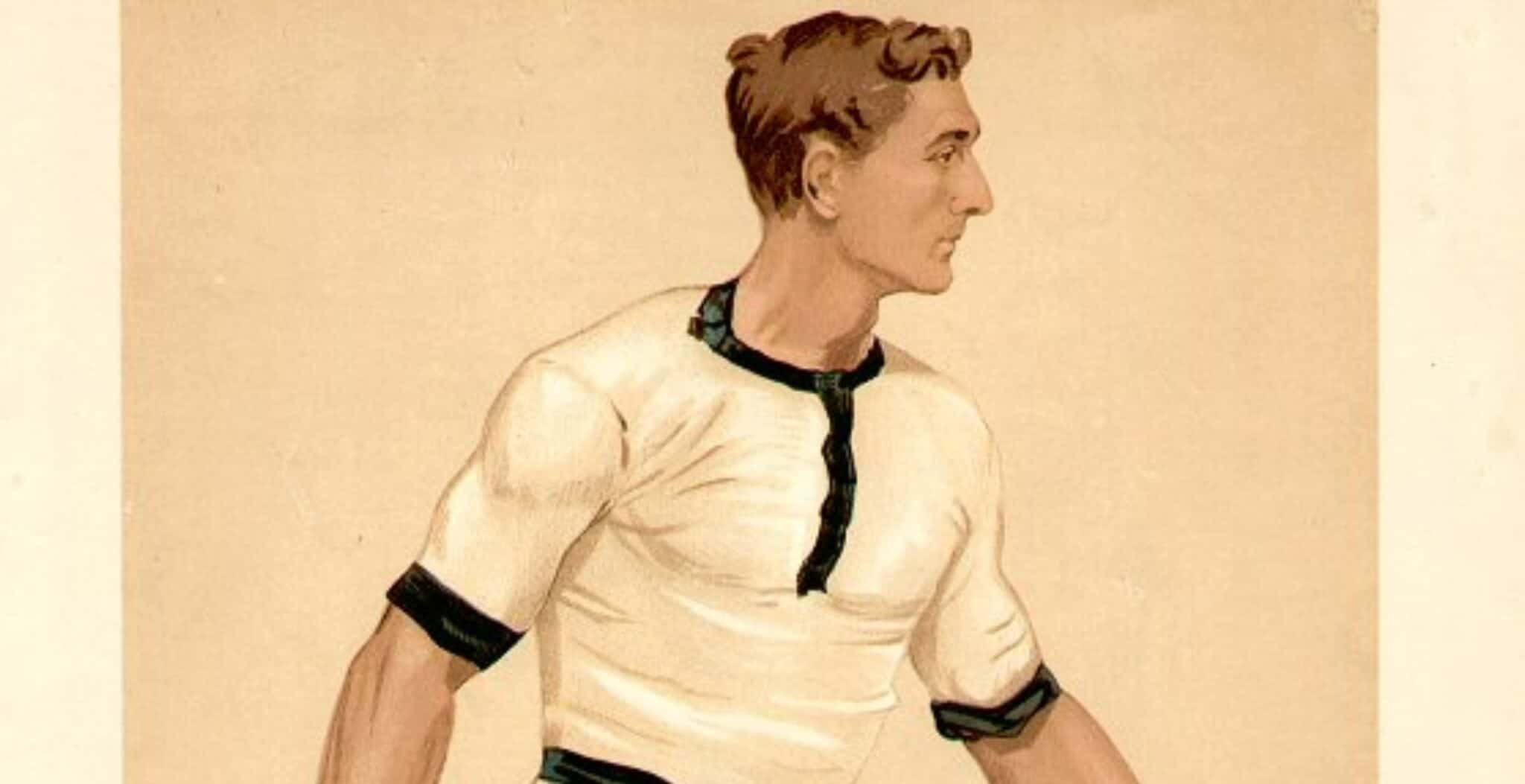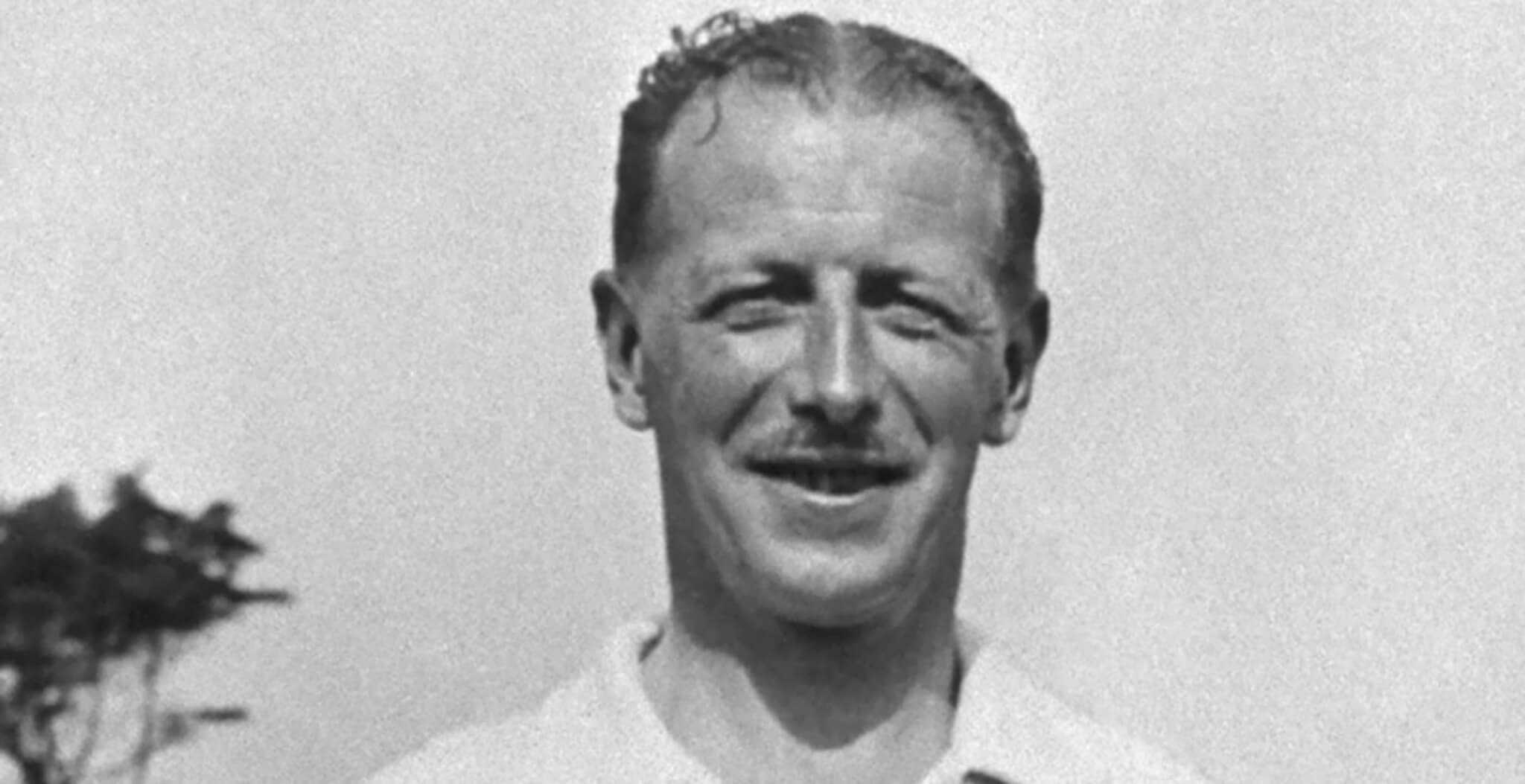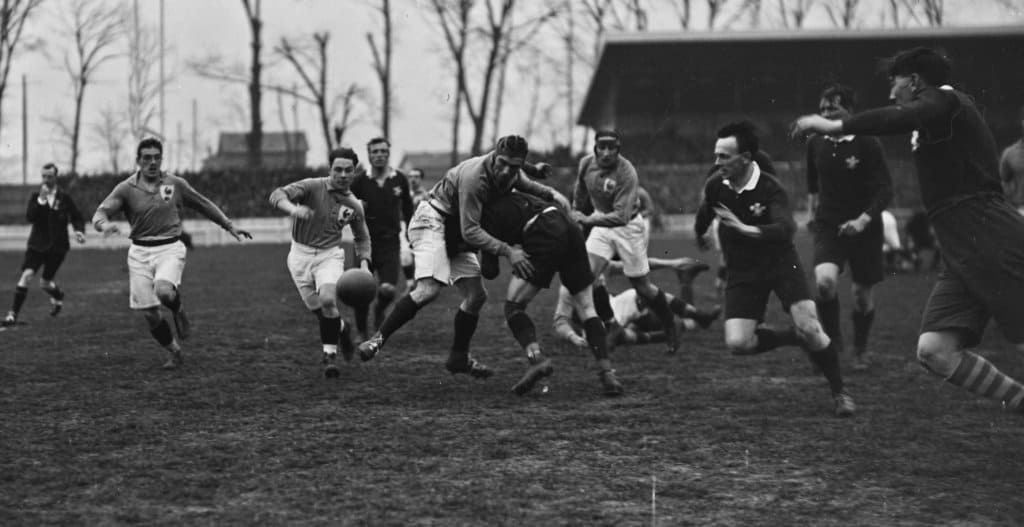Throughout the English countryside, each year in late April and early May, that familiar sound of leather (ball) against willow (bat) can once again be heard, signifying the start of a new cricket season. For our American readers – this is the name of England’s premier summer sport and not some noisy bug!
A game, which could perhaps be described as a cross between baseball and chess. A game, which takes five days to play and more often than not ends in a draw. A game which has found devotees, followers and lovers in all of the far-flung reaches of the old British Empire including Australia, New Zealand, West Indies, South Africa, India, Pakistan and Sri Lanka.
The exact origins of cricket are unknown, but are believed to date back to the 16th century, the name deriving from the Anglo-Saxon word ‘cricc’, meaning a shepherd’s staff. It is thought that the first players were English shepherds, who used their ‘criccs’ as bats and the wicket gate of the sheep pens as a target for the bowlers or pitchers.
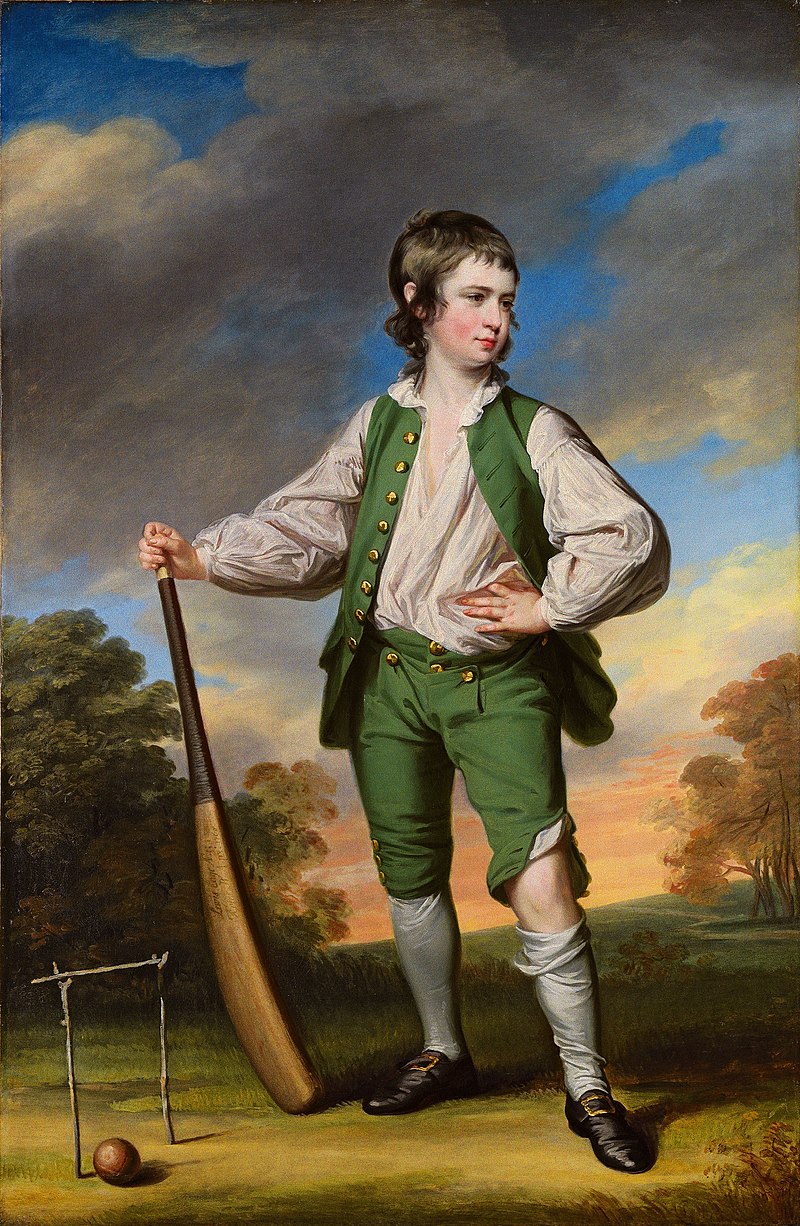
The game’s rules were formalised by the Marylebone Cricket Club (MCC) in 1797. The MCC became the supreme authority on the complex rules of the game and its base, Lords (named after a founder member of the club, Thomas Lord) in St. Johns Wood, London, remains the spiritual home of the game.
For anyone visiting England during the long hot summer months: remember that to fully appreciate your trip to our shores, please do not rush about from one tourist site to the next, simply find a local cricket match, sit back, relax a little and enjoy!
In order to assist your enjoyment and appreciation of the game, particularly when you are sharing those magical video moments with others back home, we have attempted to simply and condense the complex rules of the game, as formalised by the MCC, as follows:
You have two sides, one out in the field and one in.
Each man that’s in goes out and when he’s out, he comes in and the next man goes in until he’s out.
When they are all out, the side that’s out comes in and the side that’s been in goes out and tries to get those coming in out.
When both sides have been in and out, including the not outs — that’s the end of the game.
If you have any questions concerning the details of these rules please remember, like many things in England, pints of beer are not compulsory but may assist with your enjoyment. One or two will most certainly help when explaining the intricacies and finer points of the game!
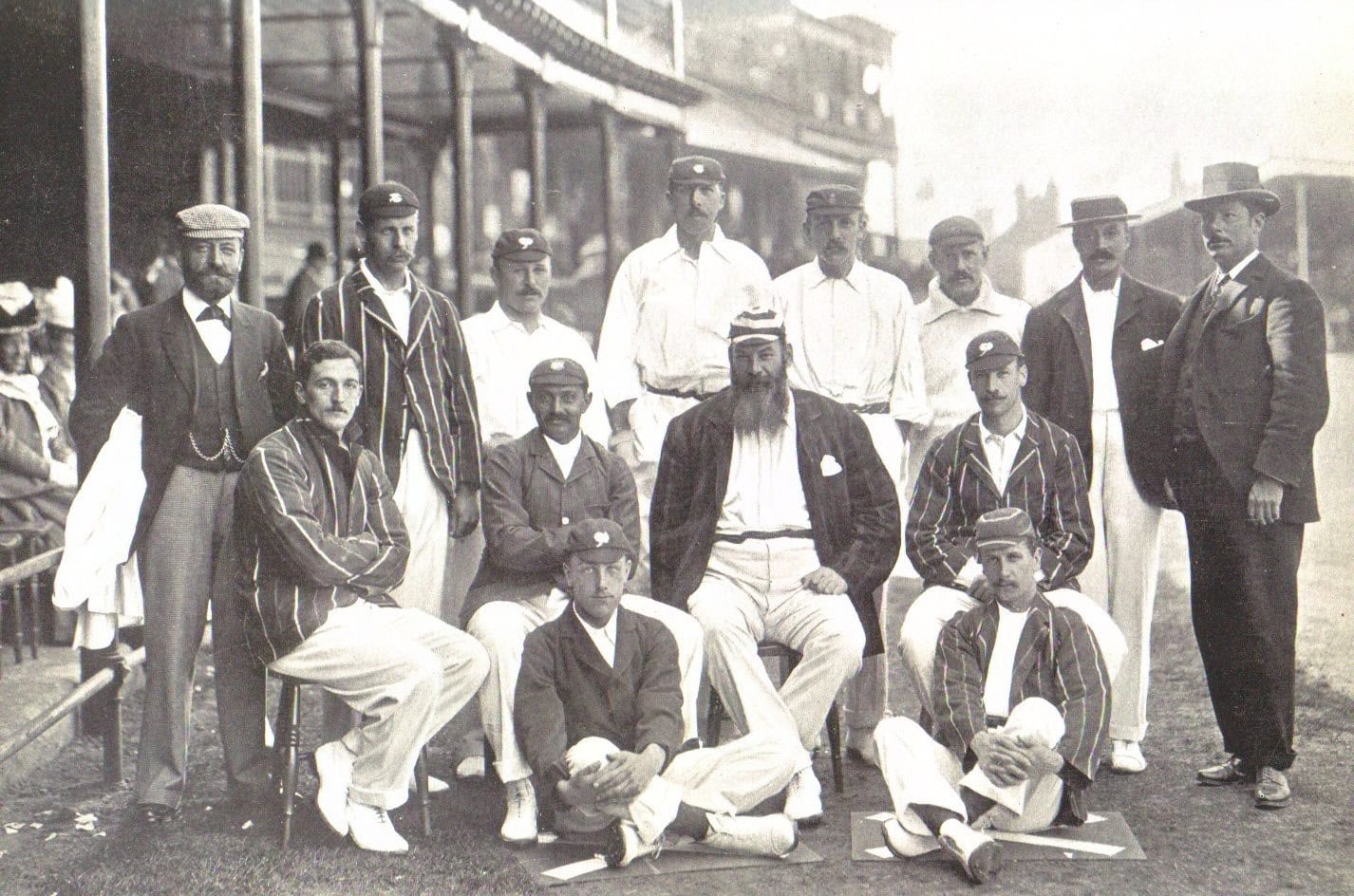
Published 10th June 2015
